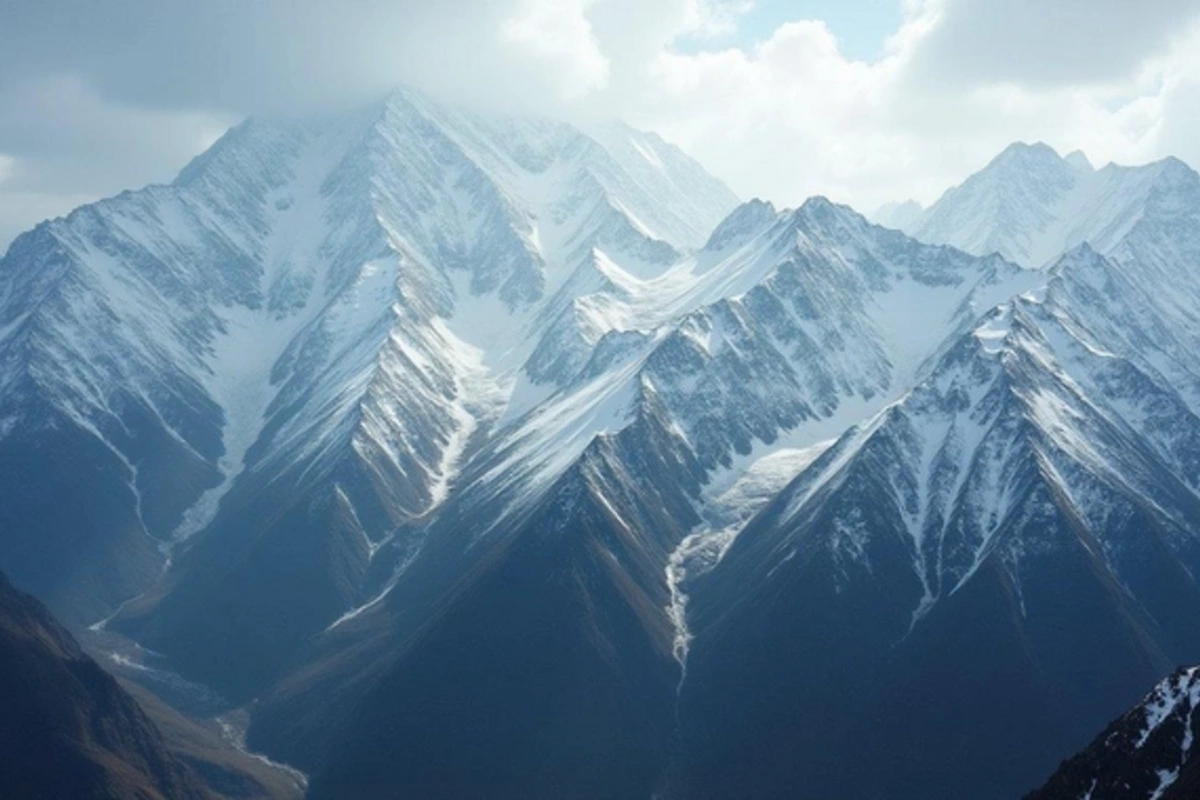22 Apr , 12:30
0

Critical minimum of snowfall in the Himalayas threatens water supply for two billion people
The Hindu Kush-Himalayan range, majestically stretching from Afghanistan to Myanmar, is experiencing an unprecedented crisis. The snow cover of this "water tower" of Asia has reached a record low level in the past 23 years. The mountain range, which stores the largest reserves of ice and snow outside the polar regions, is on the verge of an ecological catastrophe that could affect nearly 2 billion inhabitants of the continent.
Shocking data was presented by specialists from the International Centre for Integrated Mountain Development. Their research revealed a dramatic reduction in seasonal precipitation - the duration of snowfall was 23.6% below normal, setting a sad anti-record since the beginning of the century.
Of particular concern is the persistence of the negative trend - a decrease in precipitation has been observed for the third consecutive year. Experts are sounding the alarm: the region is on the threshold of a serious reduction in river flow and an increased risk of large-scale drought.
The winter of 2025 became a real test for the region. Snowfalls began with a critical delay - only at the end of January, and their intensity remained minimal throughout the season. Several countries have already issued official drought warnings, which poses a direct threat to the upcoming agricultural season. The situation is exacerbated by increasingly frequent periods of abnormal heat, which are becoming more prolonged and intense.
The most catastrophic situation has developed in the basins of the Mekong and Salween rivers - vital waterways of Southeast Asia that provide water to China and Myanmar. These regions have lost about half of their snow cover. Scientists link recurring "snow anomalies" to growing carbon dioxide emissions and urge governments of countries dependent on the region's 12 major river basins to urgently develop more effective water resource management strategies.
According to the UN World Meteorological Organization, Asia is experiencing the strongest impact of natural disasters related to climate change. A disturbing confirmation of this fact is the unprecedented retreat of glaciers: during five of the last six years, the most rapid reduction in ice cover in the history of observations has been recorded, reports Phys.org.